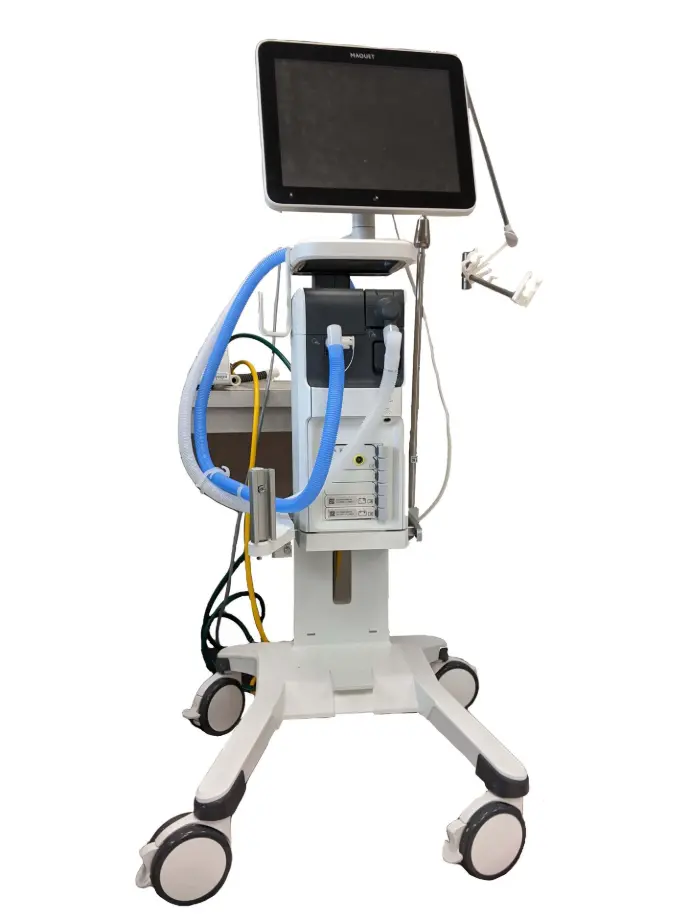Advancing Diagnosis: Medical Devices for Lower Respiratory Tract Infections
Lower respiratory tract infections (LRTIs) including pneumonia, bronchitis, and other lung infections remain a major cause of illness worldwide. Rapid and accurate diagnosis is critical to ensure patients receive appropriate treatment and to reduce the misuse of antibiotics. Modern medical devices are playing an increasingly important role in this area by making diagnosis faster, more precise, and easier to perform at the point of care.
One of the most commonly used diagnostic tools is the chest X-ray, which helps doctors detect lung infiltrates, fluid buildup, or structural changes that indicate infection. Newer digital radiography systems provide clearer images with lower radiation exposure and allow for quick sharing between healthcare providers.
Another valuable tool is the pulse oximeter, which measures blood oxygen saturation. A drop in oxygen levels can be an early sign of a serious LRTI, guiding decisions about hospitalization or oxygen therapy. Portable and wearable oximeters make it possible to monitor patients continuously, even outside of hospitals.
Point-of-care molecular tests are another game changer. These devices can detect specific viruses or bacteria directly from patient samples like sputum or nasal swabs, delivering results in under an hour. This helps clinicians distinguish between viral and bacterial infections, reducing unnecessary antibiotic use and promoting better antimicrobial stewardship.
Emerging technologies, such as lung ultrasound, are also gaining traction. Bedside ultrasound can help detect fluid, consolidation, or abscesses in the lungs, providing a non-invasive, real-time diagnostic option that’s especially useful in critical care or remote settings.
In addition to these diagnostic devices, smart stethoscopes and AI-assisted imaging tools are enhancing physicians’ ability to detect abnormal lung sounds and interpret complex imaging data more accurately.
Together, these medical devices are helping healthcare providers detect lower respiratory tract infections earlier and more reliably, leading to better patient outcomes and more responsible use of medical resources.

